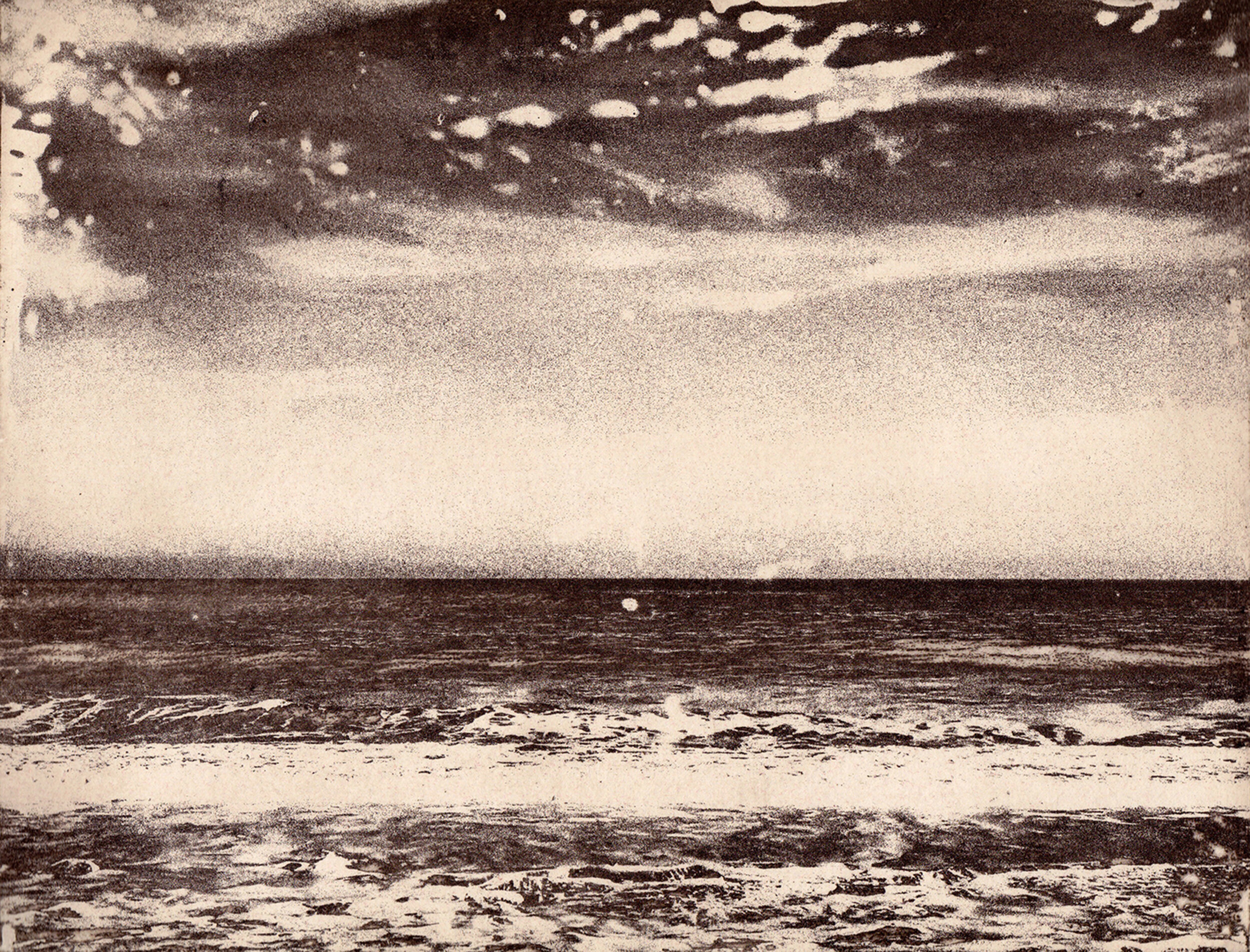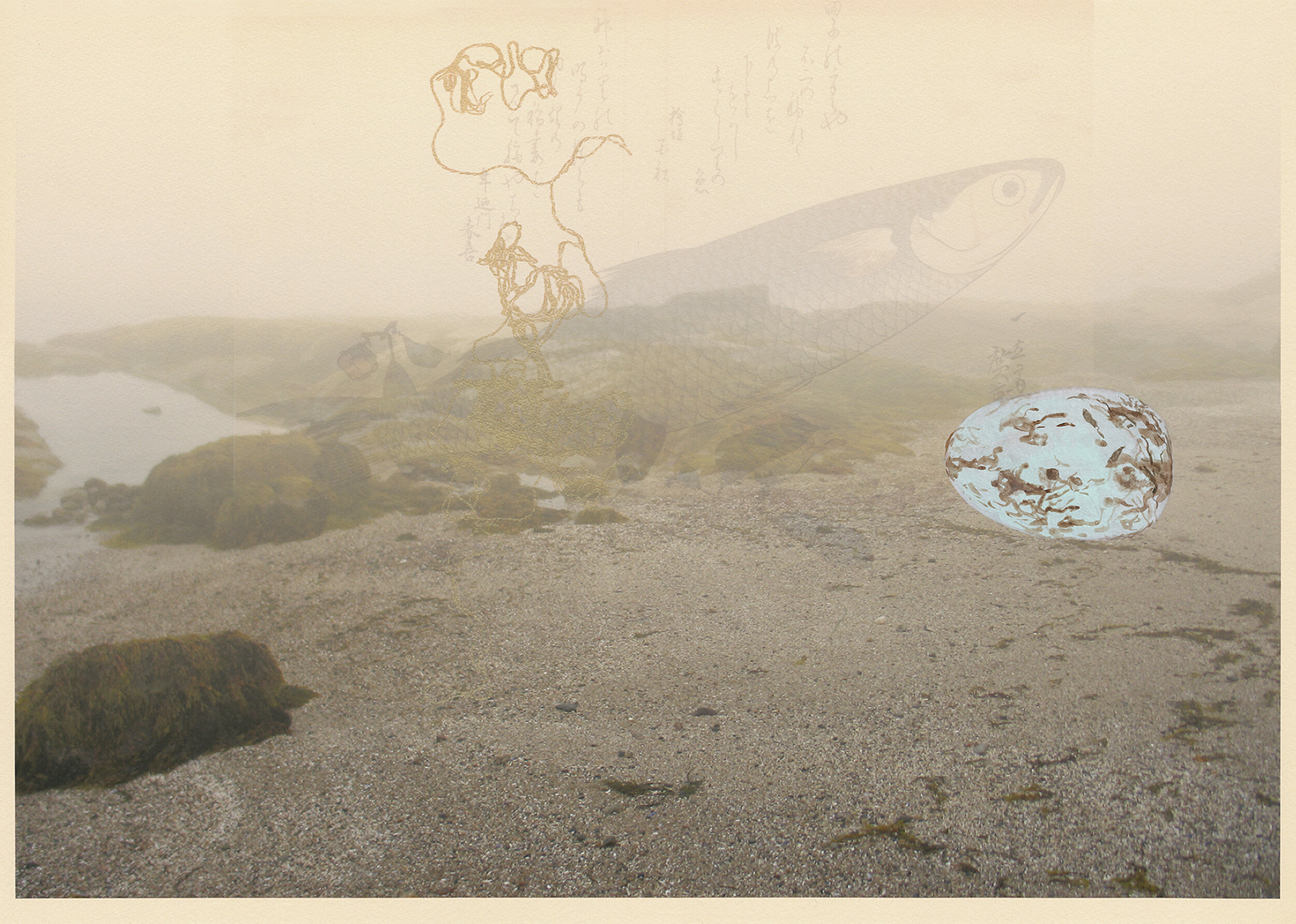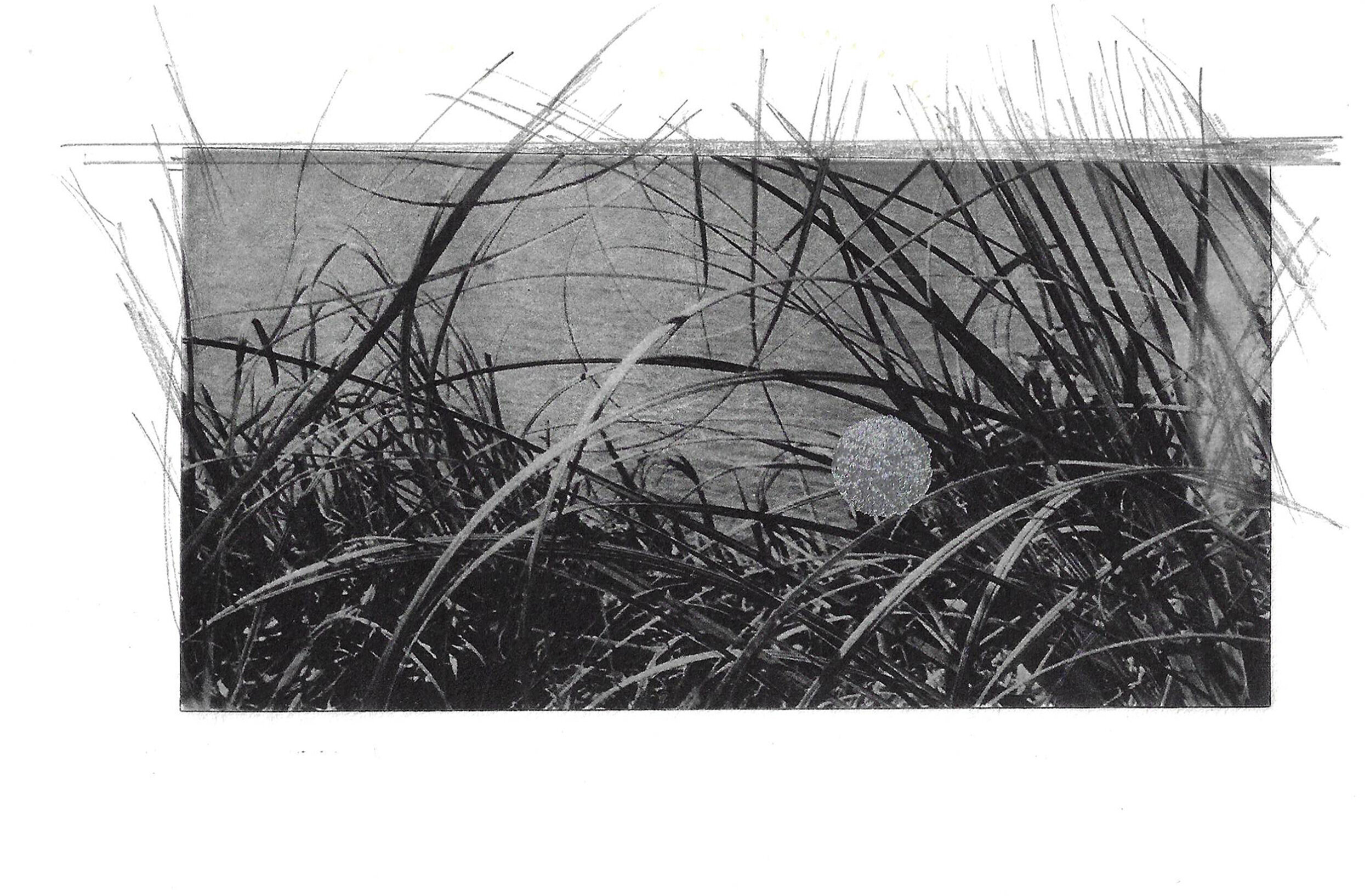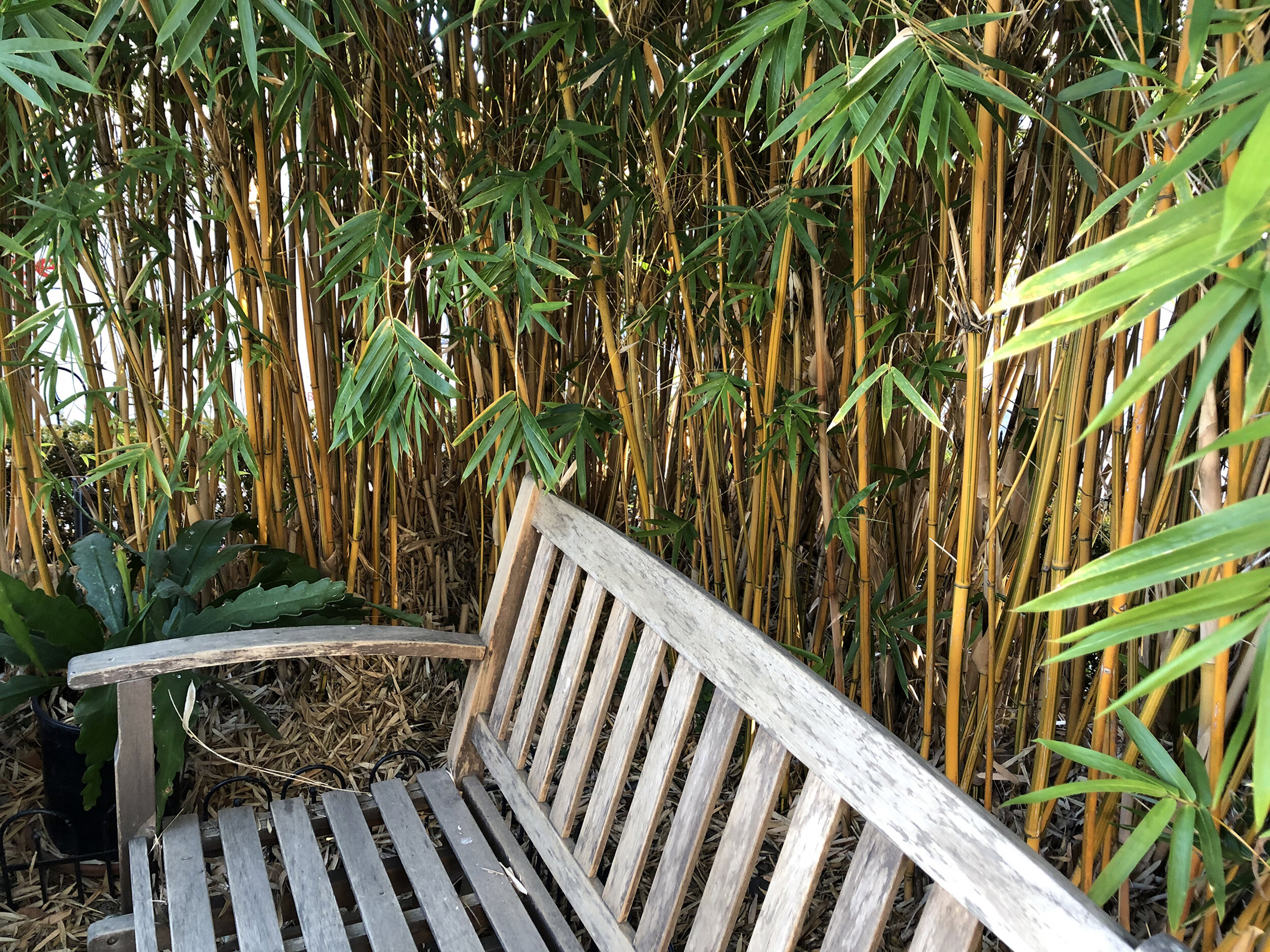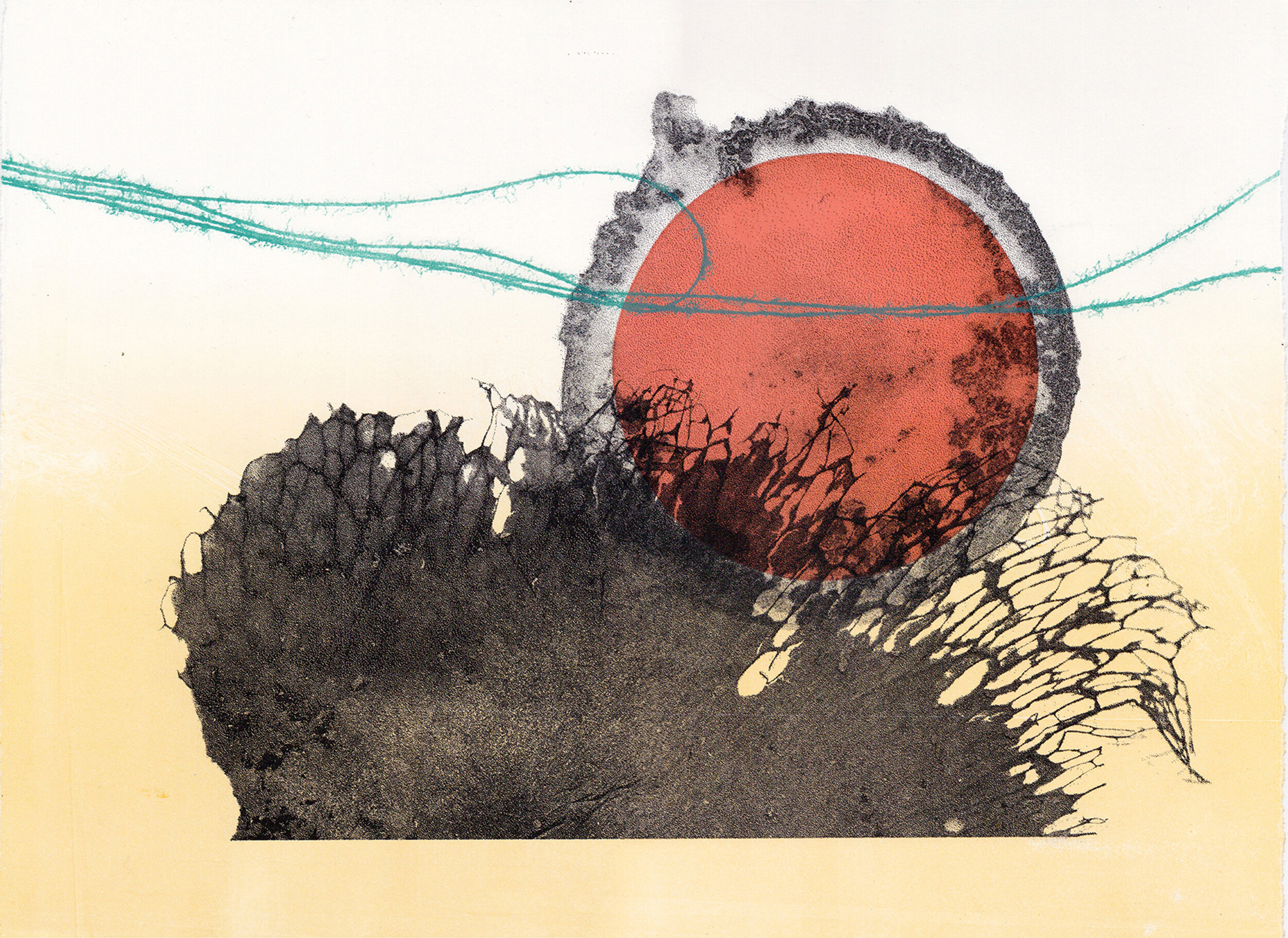Frances Valesco
Nicolás Dumit Estévez Raful Espejo: Frances! It has been two years since we met at Modern Elder Academy (MEA) in Baja California. This is the Wisdom School for Elders that Chip Conley founded in El Pescadero, Mexico. I immediately felt drawn to your presence and as to how you incarnate aging and sage-ing as a creative. Tell me about it.
Frances Valesco: Nicolás, it has been a delight to have your presence in my life. I feel so lucky to be a creative, if we can put that name to it. I think my drive has always been curiosity and willingness to take a risk. Visual observation is how I learn life lessons. One of my earliest art experiences was drawing flames in a fireplace in my home. They kept flickering and moving! I discovered the persistence needed to strive for understanding through observation. The other thing I did was cut underwear ads out of the newspaper for paper dolls. I made various outfits for the figures, complete with paper tabs to wrap around the back of the body. I learned early on you could create anything with any image and any material you found around the house.
As I’ve aged, I still have a sense that something wonderful is about to happen if I just take a chance and dive into it. At MEA, Chip observed I am not just the age I am now but also that five-year old and all the other ages I have been. I really do contain multitudes.
NDERE: Through our online correspondence, I have come to understand your garden in Alameda County, California, as part of your aesthetic and spiritual universe. It reminds me of Derek Jarman’s garden in his cottage in Dungeness. He attended to this as he struggled with AIDS. Can you talk about your communion with the green realm?
FV: Oh, there is so much in Derek Jarman and his garden that I relate to. It was circumstance that led me to Alameda twenty-one years ago. I didn’t know I needed a garden until then. Almost immediately I found myself responding to changing a small weed infested piece of land filled with broken glass and cigarette butts. Very early on I realized I was creating a public oasis. Passersby responded to the garden.
I really couldn’t make any art for the first eight months of the Covid-19 pandemic. I felt like it would have been contributing to the chaos and there was nothing more for me to say. Instead, the garden became my solace and meditation. I went out every day to make order in the universe by picking weeds, trimming bushes, allowing new flowers and herbs to flourish. I’ve gotten to know all my neighbors as they walk by, something that would not have happened otherwise. I planted milkweed this year and was rewarded with seeing my first monarch butterfly caterpillar this summer. The garden has been created with love.
NDERE: You made a print of a mighty Baja California wave. For those who have not come across the Pacific Ocean, there is a life force to it that speaks of a time when all was underwater and before Earth and Water, as we know it, separated, or were separated by a mysterious hand. Are there any waves in your life that you would be willing to discuss?
FV: Alameda is just across the bay from San Francisco. In December and January, there are often king tides, the most extreme inflow and outflow of water. The mighty Pacific funnels through the Golden Gate at terrific speed. This year, in the middle of the Covid-19 pandemic, I took a solitary walk on the beach during an especially beautiful sunset. The cold air in winter made everything stand out in the sharpest detail. The tide had gone out so far that it looked like you could have walked across the bay on top of the water. You speak of separation. There was absolutely none. I was not looking at a beautiful picture. I was IN the sky, the water, and the sand.
I say this because the biggest wave was the recent passing of my life partner of forty years. Little did I know how physical grief could be; half of my body, soul and spirit were unexpectedly and suddenly ripped away. What changed is that I have never felt more alive and present than now. I am IN my experience of hearing birds in my bamboo grove, feeling hands in dirt pulling weeds, and delight of being with the people I love. I am not growing old; I am growing whole.
NDERE: Society in general tends to stereotype elders as asexual and asensual creatures. You and I know this is a fallacy. We “humans” retain a spark or sexuality and sensuality as long as we live. Healthy sexuality, in my opinion, is inseparable from creativity and spirituality. How do sexuality and sensuality emerge for you in your eighth decade on this planet?
FV: You know, Shakespeare and Boccaccio wrote great work during the Bubonic plague. The Decameron, that collection of bawdy stories, is an especially great mental health prescriptive. I’m finding that the erogenous zone between the ears called the brain is an important resource.
I have always felt pleasure during the act of drawing. I find sensual states of being are even more essential at this age. The pandemic makes it hard to be physically intimate with another person. So my imagination is vital for me to experience an orgasmic connection to the universe.
NDERE: You have currently embarked on a doctoral program. What took on you on this path beyond the academic pursuit? I opted out of a Ph.D. at 50, because I realized that what I was searching for was wisdom of the most variegated and unusual kind. But you…
FV: I think part of it was the pandemic and isolation. I began to wonder what difference my small life would make in the universe. Given my passion for creation and my lifelong practice of visual arts, what did that mean in this context? For some reason I hit upon the idea of a more formal examination of all my years of teaching, community work, social practice and personal art.
I’m working on an EdD in Curriculum and Instruction. Part of it is an investigation of mental models and organizational learning. On a personal level the rigors and structure of the program are helping me articulate how I think about the world, why creativity matters, and how I can make some kind of difference in the world of art education.
NDERE: This Q&I is conducted through the Interior Beauty Salon, to which beauty is central. There is misunderstanding that connects beauty with youth. I know this is false. My 93-year grandmother was absolutely stunning. I must confess that I was attracted by your face and the wholesomeness it radiated.
FV: Thank you. I look at pictures of myself when I was young, and I see a physically beautiful woman. But I remember how insecure I was; nothing about me was ever good enough. When I was about 50 I began to accept myself as I am and now I feel more beautiful every day. I think it comes from presenting myself openly and fully. I’m definitely more soulful. I recently saw a video of myself on Zoom and saw my face illuminate when I laughed. For me, that is beauty.
NDERE: Printmaking seems to be the hearth of your creative practice. What is in it for you personally?
FV: I embraced it immediately when I encountered it. It satisfies two needs for me. With printmaking I can make multiples; that means I can keep an image and give it away at the same time, often to many people. I can also use the print matrix like an armature on a sculpture, a wireframe on which to build variations. It then becomes an idea incubator.
NDERE: Enough of me asking. With no more questions from me on the horizon, is there anything that you would like to present us with to close this conversation?
FV: I am so grateful to articulate these ideas with you. When we met at MEA, my first impression was to listen to you carefully. You have a way of asking the right questions and thoughtfully bringing out deep and meaningful answers. Rather than engaging in light and trivial conversation we got to core principles in heart-illuminating discussions.
Speaking of gardens, we took several walks together both in Baja and later in your garden and the Bronx Botanical Garden. Our relationship to gardens wherever we meet bonds us, doesn’t it? I hope to have another visit with you in the future that includes a garden.
Frances Valesco has a BA in pictorial arts from UCLA and an MA in printmaking from California State University Long Beach. She has taught a variety of art media at City College of San Francisco, San Francisco Art Institute, San Francisco State University, and University of California, Berkeley. She developed interdisciplinary lessons using STEAM integrative approaches with Art, Math, Science and History. Frances taught printmaking at ArtPrint Residence, Arenys de Mar, Spain; Haystack Mountain School, Deer Isle, Maine; Highpoint Center for Printmaking, Minneapolis, MN.
Frances has appeared nationally on panels about printmaking and community art. She has written articles on technology and the art making experience. She started her social practice in San Francisco, working with underserved communities as a visual artist. She created and directed 32 murals in the Bay Area, including Para Placa-Balmy Alley, in the Calle 24 Latino Cultural District in San Francisco's Mission District. She is director of The Disability Mural at the Ed Roberts Campus, Berkeley. She has exhibited nationally and internationally in over 300 museums, galleries, and cultural centers. Included are the Artists in Embassies Program, Ankara, Turkey; Bronx Museum of the Arts, NY; Computer Museum, Boston, MA; Galeria Nacional, San José; Costa Rica, Museo José Guadalupe Posada, Palacio de los Gurza, Durango, Mexico; Pennsylvania Academy of Art, Philadelphia, PA; and the Tokyo Metropolitan Museum, Japan.
Frances work is in collections at the Bancroft Library, UC Berkeley; Fine Arts Museums, San Francisco, CA; Library of Congress; MOMA, New York; New York City Public Library; Oakland Museum, Oakland, CA. Artist residencies include ArtPrintResidence; Arenys de Munt, Spain; Avocet Screen Printing Residency, Lexington, NY (NEA and NY State Concil on the Arts); Guanlan Printmaking Base, China; Nes Artist Residency, Skagaströnd, Iceland; Tyrone Guthrie Centre, Annaghmakerrig, Ireland.
Frances Valesco related links: website / Instagram / FB
